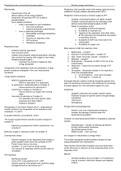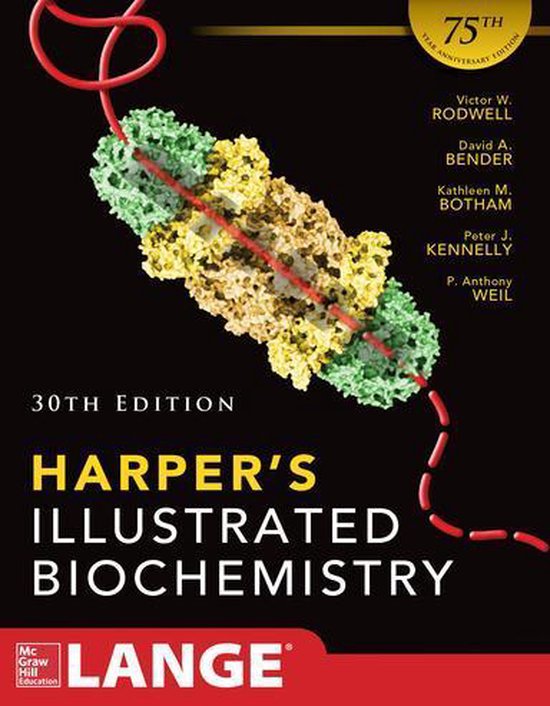Summary
Summary Easy to understand notes on respiratory chain and oxidative phosphorylation
- Course
- Institution
- Book
These are notes on Harper's Biochemistry Chapter 13 - The Respiratory Chain and Oxidative Phosphorylation. This is a summarized version of the chapter which you can read for a quick understanding of the chapter.
[Show more]




